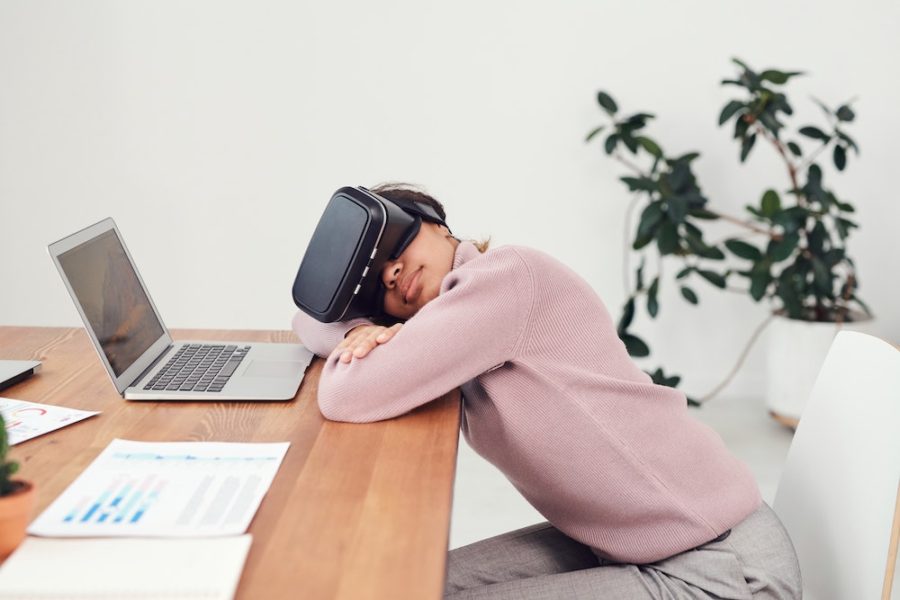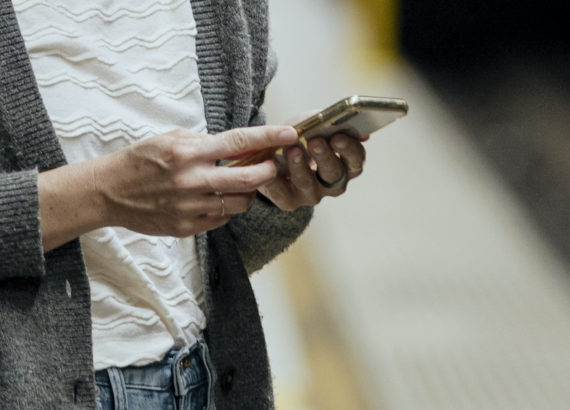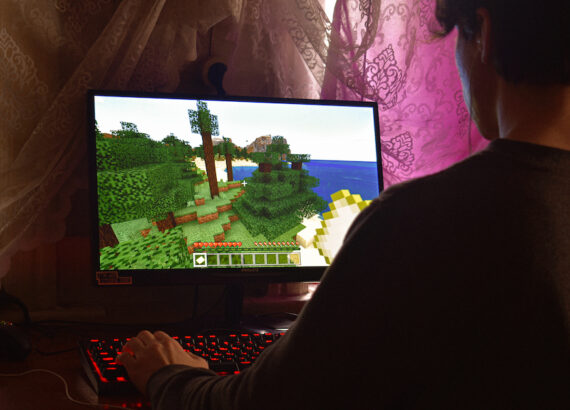Is Technology Causing People to Be Introverted?

We’ve all heard the reports. Technology and the way we use it is keeping us away from the “real world.” Kids are becoming unsocial and constantly occupied by a tablet or phone screen, everyone else has shifted to communicating online rather than in person. This leads to the question of whether technology is changing the way we are. If we’re choosing to communicate remotely, does that mean that people will shift over to not needing or seeking out face-to-face interaction? If you ask experts, the answer is ultimately unclear.
That shouldn’t be a surprise though. We’ve only lived this way for a decade and there hasn’t been enough time to observe and research the effects of technology on people. Especially when you factor in how they were before they relied on technology for everyday communication and tasks.
What we do know is that people are utilizing technology on a broad scale. It’s become a new way of life and it’s hard to imagine being without your phone or access to the internet. From that fact, we can break down the main ways people are using technology and what goals are associated with those uses.

Staying in Touch
One of the biggest ways people express themselves using technology is through social media. With more than half the world confirmed to be using social platforms, it’s no wonder the term comes up when people think of technology. Social media allow us to not only communicate if we choose with people we might not have heard from for a while, but they also let us check in on them indirectly. You could call it a bit creepy, sure, but it’s not a one-on-one thing. Everyone has access to your Facebook page or can easily pull you up through your Twitter, LinkedIn, or other social accounts. If they felt like it, they could reach out and reconnect as well.
Related: Why Smart Devices Are Revolutionary For Introverts
Before social interaction, we had to rely on a phone number or word of mouth to stay updated on our network of friends, family members, or acquaintances. Technology has enabled us to reach out at any time and access most people that we wouldn’t think to stay in touch with. It also gives us information to validate the act of reaching out. If an old friend from high school changed careers, you could base the news as the starting point for your conversation with them in who knows how long.
Some might prefer to simply view social media as an informational tool. But it seems like the majority realize it’s true potential in connecting them with others and use it for that purpose. There isn’t just one right way to communicate anymore. You can start a group video or voice chat and stay in touch with people that way. If you’d rather just chat through a messaging app or texting that’s fine as well. You can still socialize remotely and establish new or nourish existing relationships.

How and Where We Work
Technology isn’t only what we use personally. Technology is a concept that has simply upgraded to accommodate the idea of consumer devices like the smartphones we use daily or the laptops we can conveniently carry from one place to another. As the technology improves in these devices, we’re able to utilize them in new ways.
Take how we work for instance. Work used to mean being physically there in order to perform the job. Now that isn’t necessarily true. There’s a remarkable transition occurring and it involves a portion of jobs to be lost, others to change and adapt to a digital environment, and for other jobs to simply be built further upon as roles that only exist because of the digital age we’re now living in.
As more jobs are accommodating digital environments and the workforce transforms to technology-reliant working methods, the traditional ideas of requiring an office or being near coworkers in order to get things done are no longer necessary or necessarily the norm. Currently, almost twice as many employees in the U.S. are working from home or remotely. And it’s looking like it won’t shift back even following the COVID-19 pandemic.
Since industries have shifted to digital adoption, consumers have followed them online and will likely continue to utilize digital channels since they’ve been forced to learn them and don’t see a need to go back. That means workers are learning to communicate and work digitally, even if there’s a percentage of them that would like to go into the office at least half the time.

A Bridge or Personalized Tool
Even though we don’t have the evidence yet to back up whether we’re becoming more introverted or not by using technology, we at least can speak for ourselves and the people we know. Introverts are likely using social media and technology in a way that improves their lives, just as extroverts are. Each one of us is using technology in the best way we see fit.
For introverts, that might be using technology as a tool to communicate with the outside world while still providing some distance. An extrovert, on the other hand, can use technology as a bridge between remote communication and direct interaction. There are so many more avenues to setting up social engagements through the use of technology. Email, text, instant messaging, the list goes on. Extroverts don’t necessarily need to see people less or become more reclusive. They can and are using technology in ways to enhance what they like to do.
And that’s how technology was meant to be used for. Just like the billions of products and tools we use every day to make our lives easier. We’ve always been the way we are. Our personalities might change as we grow older and in natural course, what we want and how we live, but at the end of the day, a tool is a tool and we are the ones controlling how we make use of it.
Subscribe to our newsletter for weekly updates on the latest content for introverts.
Antoinette Maven
Latest posts by Antoinette Maven (see all)
- Do Introverts Have Poor Social Skills? - April 25, 2024
- How to Advocate for Change as an Introvert - April 22, 2024
- The Great Bookworm Debate: E-Books vs. Physical Books - April 18, 2024






